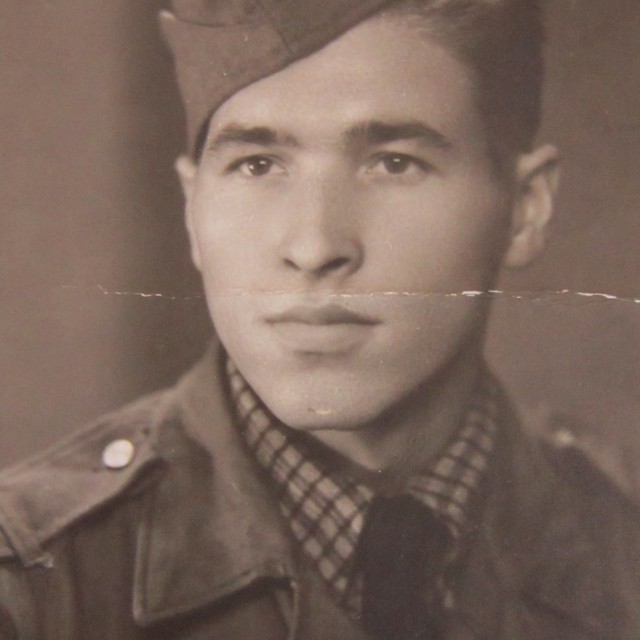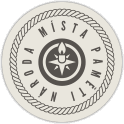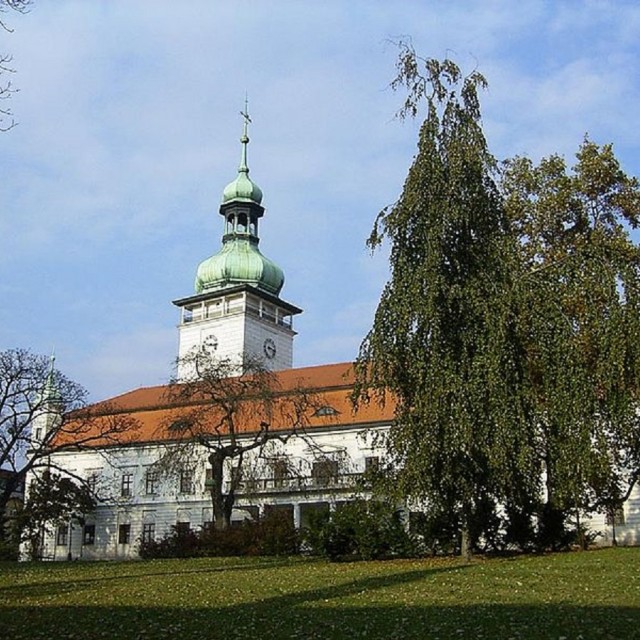I liberated Vsetín
Vasil Coka was the commander of an anti-tank company of the 1st Czechoslovak Army Corps. He recalls that his company was the first one to liberate Vsetín. His unit arrived in a district of Vsetín called the “Upper Town” on May 3, 1945, ahead of the other units of the Czechoslovak army. Coka recalled: “The town dwellers started coming out of the courtyards and offered cigarettes and food to us. I urged them to go back to their homes as the war wasn't over, yet.” Indeed, the war was not yet over and soon the German soldiers opened fire from their positions in the local castle, where they had entrenched themselves. Coka continued: “The horses got scared and they ran away. Fortunately, they didn't run to the square, but right around the chateau to the Lower Town. I saw that people were waving, they caught them. That’s how we conquered Vsetín. However, suddenly I saw our troops approaching on the right-hand side on a bare field forming a skirmish line. It was our boys who were approaching Vsetín from the top. Throughout the war, I hadn't been as much scared as I was at that moment because I feared that our own troops would shoot me. Because these guys were still freshmen, barely trained and they hadn't been in such a situation before. At this distance, we looked like the enemy in our uniform. But they were really novices and they fled to the castle, skirmishing and screaming ‘hooray’. So no one knows until today that I was in fact the first liberator of Vsetín.”
Hodnocení
Abyste mohli hodnotit musíte se přihlásit!
Trasy
Příběh není součastí žádné trasy.
Komentáře

Vasil Coka
Vasil Coka was born in 1923 in the village of Dulovo in Subcarpathian Ruthenia. His story is a testament to what a young man is able to endure. After the Hungarian occupation of Subcarpathian Ruthenia, in 1939, Vasil Coka and one classmate from grammar school decided to flee to the Soviet Union. Upon crossing the border they were arrested by a Soviet border patrol. A Soviet tribunal sentenced Vasil Coka to three years of forced labor in Siberia for illegally crossing the border. He survived the three years in drastic conditions where death was an everyday companion; he was placed in gulags surrounding the town of Ukhta, which lies hundreds of kilometers to the north-east of Moscow. It was not uncommon for the temperature during winter to drop to minus forty degrees Celsius. In the summer the prisoners were harassed by ever-present malaria-infected mosquitoes. He was freed from the hell of the gulags by the formation of Czechoslovak army units in the USSR, where Vasil was drafted to in February 1943. He then took part in the famous battles of Kiev, Bila Cerkva, Dukla Pass, and Liptovský Mikuláš. As he himself says, although his friends were dying left and right, he himself was not afraid of death after what he had been through in the gulag. Shortly before the end of the war, on 6 May 1945, while liberating Bystřice pod Hostýnem in Czechoslovakia, he was hit and the bullet passed through his lungs and stomach; he spent the rest of the year recovering from this heavy injury. In 1947 he was released from active military service due to his ongoing health problems, and in 1949, after the Communists took over the country, he was deemed unreliable and demoted to the rank of Private. Sometime towards the end of the 1950s, Vasil Coka joined the Communist Party, but he was expelled in 1971 for disagreeing with the intervention of the Warsaw Pact armies. He now lives in Frýdek-Místek.



